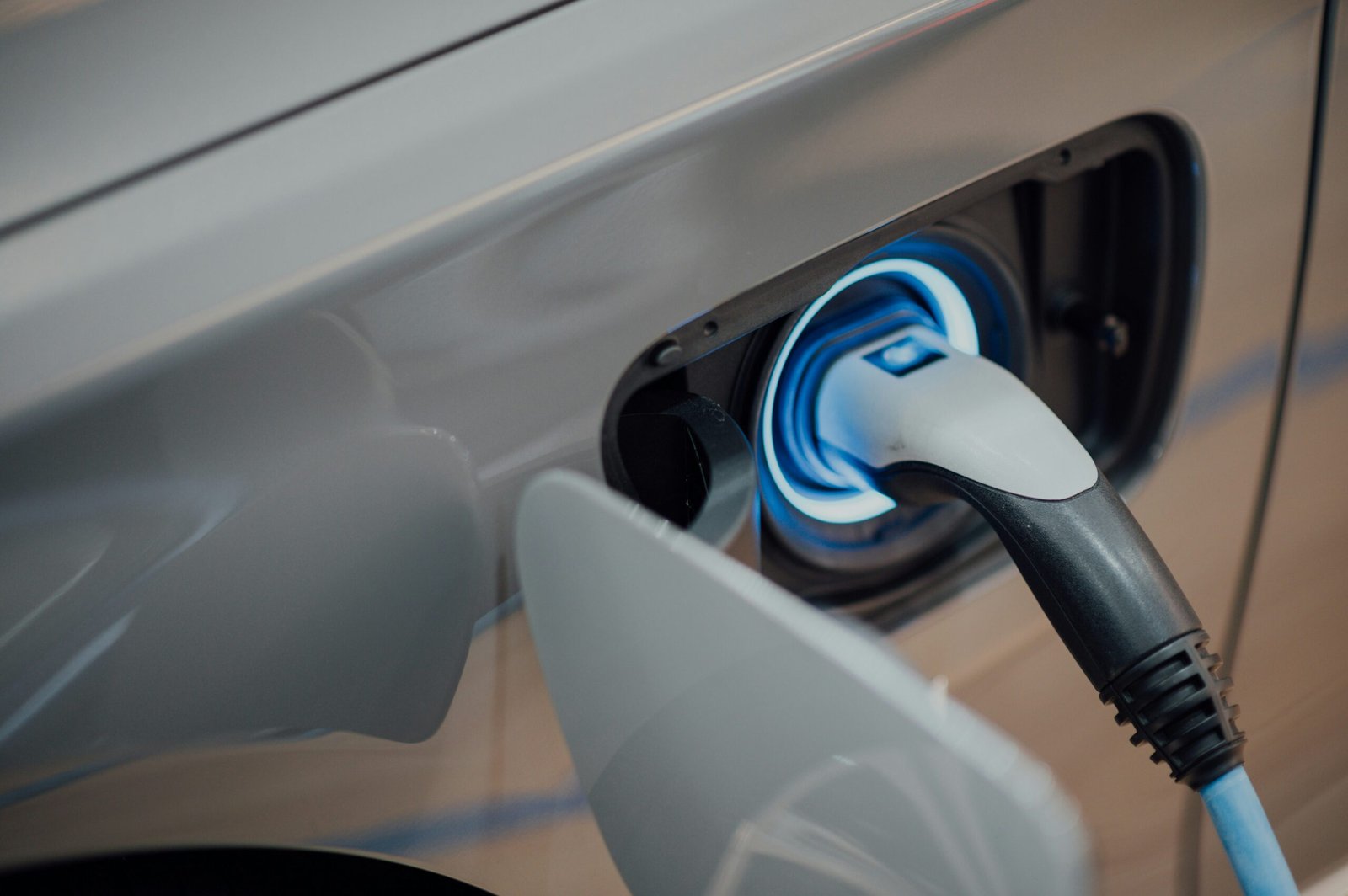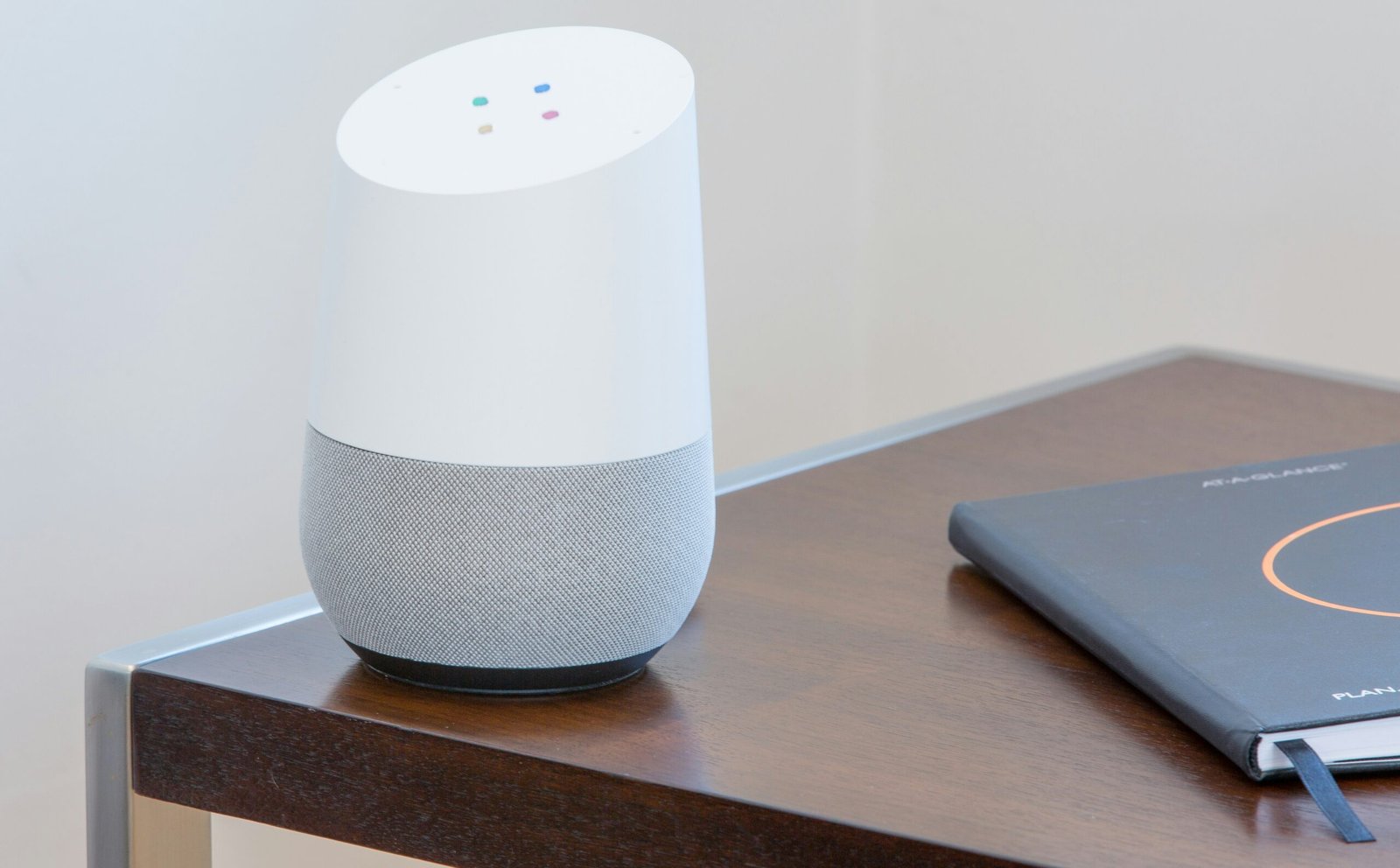Introduction
As the world continues to shift towards sustainable transportation, electric vehicles (EVs) are becoming increasingly popular. With this rise in EV adoption, the need for a well-designed user interface (UI) and user experience (UX) for electric vehicle charging networks is more important than ever. In this blog post, we will explore the key considerations and best practices for creating a seamless and efficient UI/UX design for EV charging networks.
The Importance of UI/UX in Electric Vehicle Charging Networks
UI/UX design plays a crucial role in ensuring a positive experience for EV owners when it comes to charging their vehicles. A well-designed interface not only makes it easier for users to find and access charging stations but also enhances the overall efficiency of the charging process. Here are a few reasons why UI/UX design is essential for electric vehicle charging networks:
1. Ease of Use
A user-friendly interface simplifies the charging process for EV owners. Clear and intuitive navigation, along with easily accessible information about charging station availability and compatibility, helps users find and use charging stations with ease.
2. Efficient Charging Experience
A well-designed UI/UX can optimize the charging experience by providing real-time updates on charging station availability, estimated charging time, and charging rates. This information allows users to plan their charging sessions effectively and minimize waiting times.
3. Building Trust and Confidence
A visually appealing and well-organized interface instills trust and confidence in EV owners. When users can easily locate charging stations, view their status, and access charging history, they feel more confident in the reliability and convenience of the charging network.
Key Considerations for UI/UX Design
When designing the UI/UX for electric vehicle charging networks, several key considerations should be taken into account. Here are some important factors to keep in mind:
1. Clear and Intuitive Navigation
The user interface should have a clear and intuitive navigation system that allows users to easily find nearby charging stations, filter results based on their preferences, and view additional details about each station, such as available charging connectors and power levels.
2. Real-Time Updates
Providing real-time updates on charging station availability, charging rates, and estimated charging times is crucial for a seamless user experience. Users should be able to see which charging stations are currently occupied and receive notifications when a station becomes available.
3. User-Friendly Booking and Payment Process
Designing a user-friendly booking and payment process is essential for a hassle-free charging experience. The interface should allow users to easily reserve a charging session, select their preferred payment method, and receive confirmation of their booking.
4. Integration with Navigation Apps
Integrating the charging network interface with popular navigation apps can greatly enhance the user experience. Users should be able to plan their routes, view charging stations along their journey, and seamlessly navigate to the selected station.
5. Accessibility and Inclusivity
Ensuring that the UI/UX design is accessible to all users, including those with disabilities, is crucial. The interface should comply with accessibility standards, such as providing alternative text for images and ensuring compatibility with screen readers.
Best Practices for UI/UX Design
Here are some best practices to follow when designing the UI/UX for electric vehicle charging networks:
1. Conduct User Research
Understanding the needs and preferences of EV owners through user research is essential for creating a user-centric design. Conduct surveys, interviews, and usability tests to gather valuable insights that can inform the design process.
2. Keep the Design Simple and Consistent
Avoid cluttered interfaces and maintain consistency in design elements, such as colors, fonts, and icons. A clean and minimalist design not only enhances usability but also creates a visually appealing experience.
3. Prioritize Mobile Responsiveness
Given the increasing use of smartphones for navigation and charging-related activities, it is crucial to prioritize mobile responsiveness in UI/UX design. The interface should be optimized for different screen sizes and provide a seamless experience across devices.
4. Provide Clear Instructions and Feedback
Clear instructions and feedback help users understand how to use the interface and provide a sense of control. Use concise and user-friendly language to guide users through the charging process and provide feedback on their actions.
5. Continuously Iterate and Improve
UI/UX design is an iterative process. Collect user feedback, analyze usage data, and make improvements based on user insights. Regularly updating and refining the interface ensures that it remains aligned with user needs and expectations.
Conclusion
The UI/UX design of electric vehicle charging networks plays a crucial role in ensuring a seamless and efficient charging experience for EV owners. By considering key factors such as ease of use, real-time updates, user-friendly booking processes, integration with navigation apps, and accessibility, designers can create interfaces that enhance the overall sustainability and usability of electric vehicle charging networks.












Leave a Reply